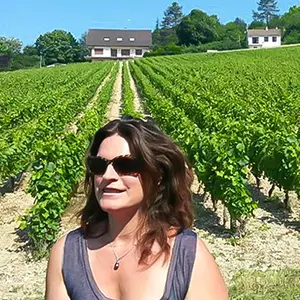This is not about lining up trophies on a cellar wall.
It is a journey, glass in hand, across a sea that has carried merchants, monks, and myths for millennia.
We sail from headland to headland, stepping onto soils that crack underfoot or glitter with limestone dust, meeting winemakers who shape tradition into something alive.
Each bottle is not just a drink, it is a chapter in this crossing, a direct conversation with a place.
Forget the map. Let each sip show you where you are.
Italian Wine Terroirs: Brunello's Tuscan Classicism & Etna's Volcanic Wines
In the hills around Montalcino, they still talk about Clemente Santi, the farmer who in the 19th century isolated a special clone of Sangiovese, Sangiovese Grosso, and planted it in stony, unforgiving soils. His neighbors scoffed at his obsession with low yields and long aging; decades later, his Brunello was winning prizes in Paris. Those same hills are now a patchwork of vineyards where galestro soils crumble in your hand, forcing vines to push roots meters deep in search of water. This stress concentrates flavors, and careful canopy management is essential to protect the berries from the hot Tuscan sun.
In the cellars, identity is still debated. Slavonian oak casks, enormous and neutral, bring slow oxygen exchange and preserve savory notes, while French barriques add touches of vanilla and soften the structure. In the glass you find sour cherry, wild plum, violet, with a foundation of leather, licorice, and damp earth. The tannins are gripping but fine-grained, the acidity bright, a wine made not for fleeting seasons but for decades of evolution.
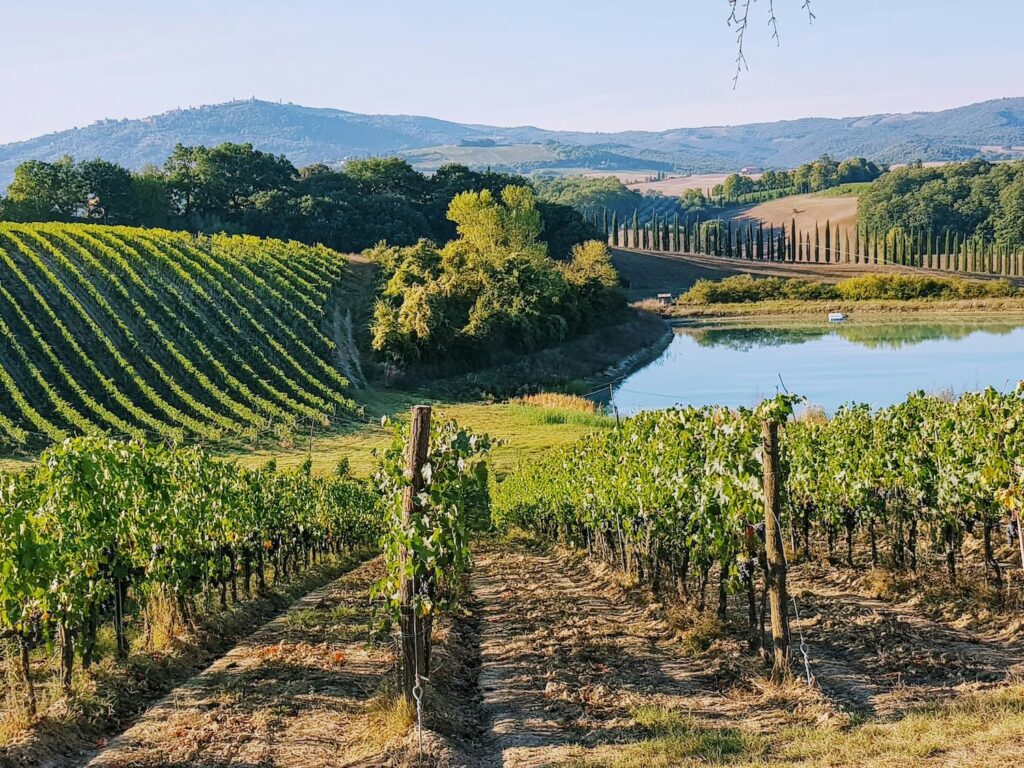
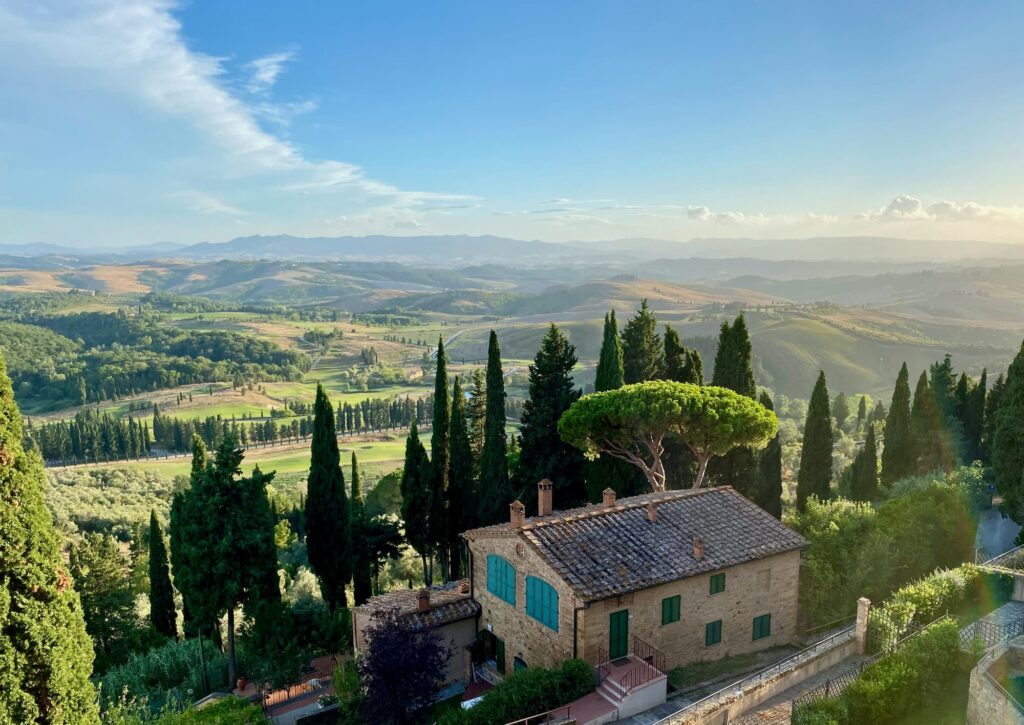
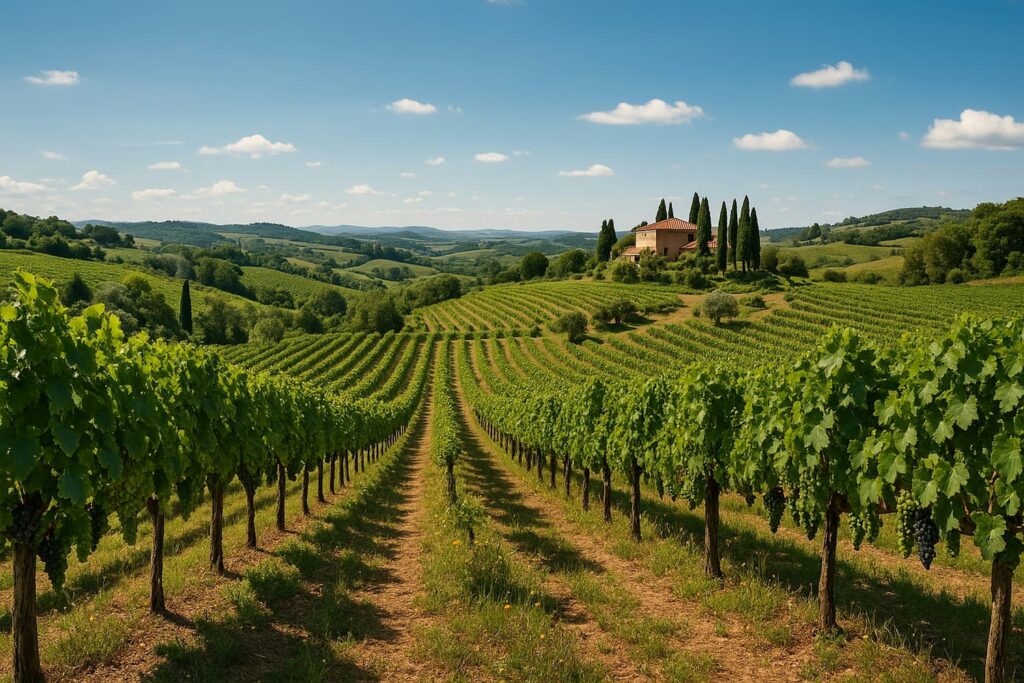
We sail south, leaving orderly Tuscan slopes for the raw, smoking cone of Mount Etna. Myth says the forge of Hephaestus lies beneath, and you feel it in the ground: black pumice, shards of basalt, soil that stays cool even under the sun. Here, Nerello Mascalese thrives in contrade, small delimited plots with subtle differences in exposure and elevation. The vines are trained in the alberello system, standing as low bushes, so they can resist the mountain’s fierce winds and sudden hail. Winters are cold, summers intense, and diurnal temperature swings can be extreme, preserving acidity even as sugars climb.
The wines are pale yet complex: raspberry, pomegranate, rose petals, with hints of dried herbs and orange peel, all resting on a mineral backbone that feels like wet stone and cooled ash. Tannins are powdery and taut, and there’s a streak of saline freshness, a reminder that the sea lies just beyond the horizon.
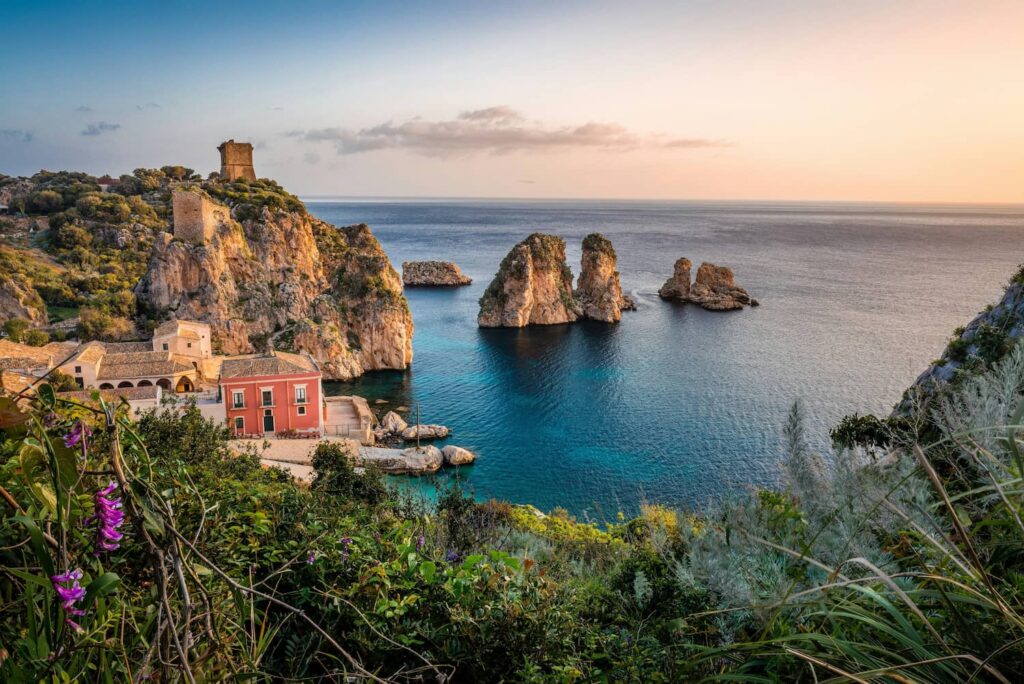
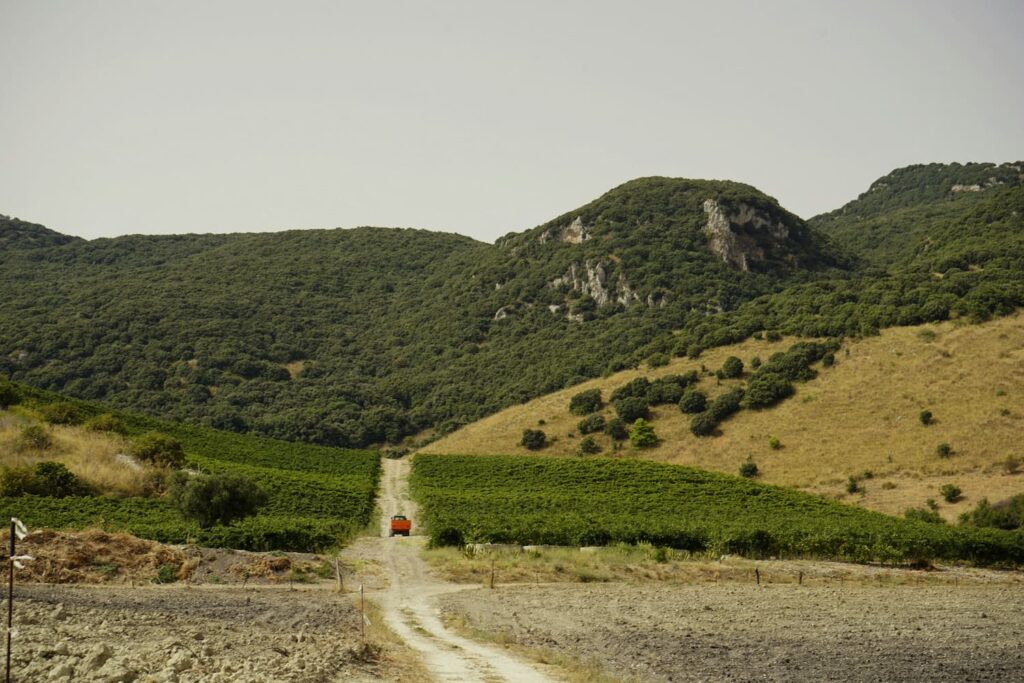
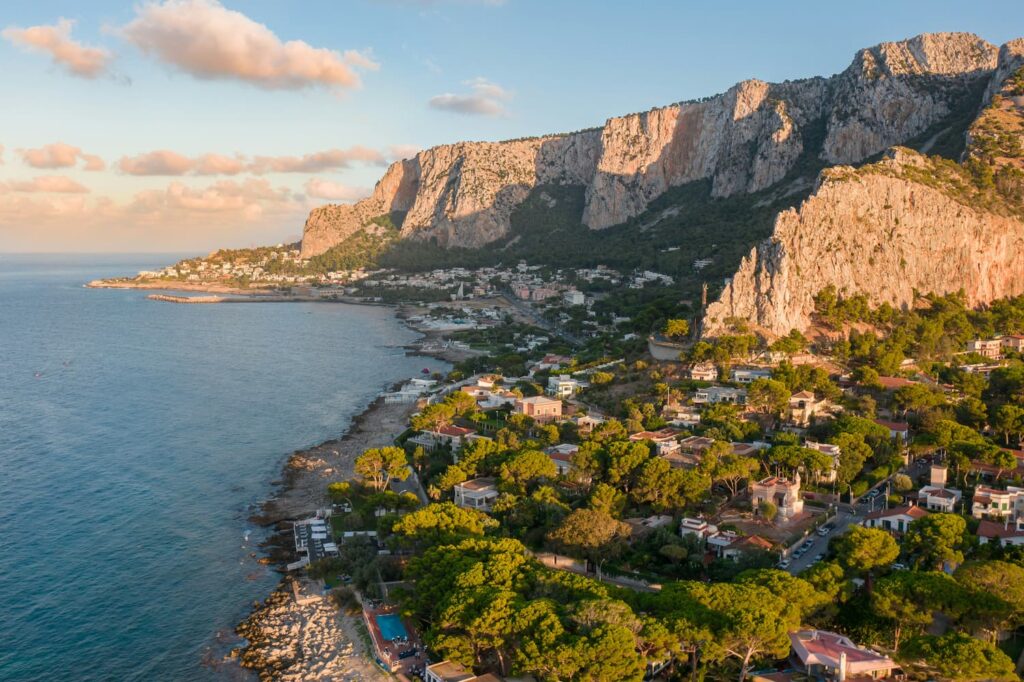
The Great Wines of Provence: The Gastronomic Rosé Revolution & The Power of Bandol
Our journey continues along the French coast, to Provence, where centuries ago Cistercian monks made light-colored wines for pilgrims passing through. Today, harvest begins before sunrise, headlights moving through rows of clay‑limestone vines, because cool fruit means slower oxidation and brighter aromatics. Gentle pressing limits skin contact, while extended aging on fine lees brings texture and subtle yeast‑derived complexity.
In your glass, this is not a simple terrace rosé. It offers vineyard peach, fennel, pink grapefruit zest, with a mouthfeel that is both creamy and taut, supported by a lively acid line. The finish lingers with salinity, the signature of soils rich in limestone and winds carrying sea spray inland. These wines are versatile at the table: just as suited to grilled fish as to saffron‑laced bouillabaisse.
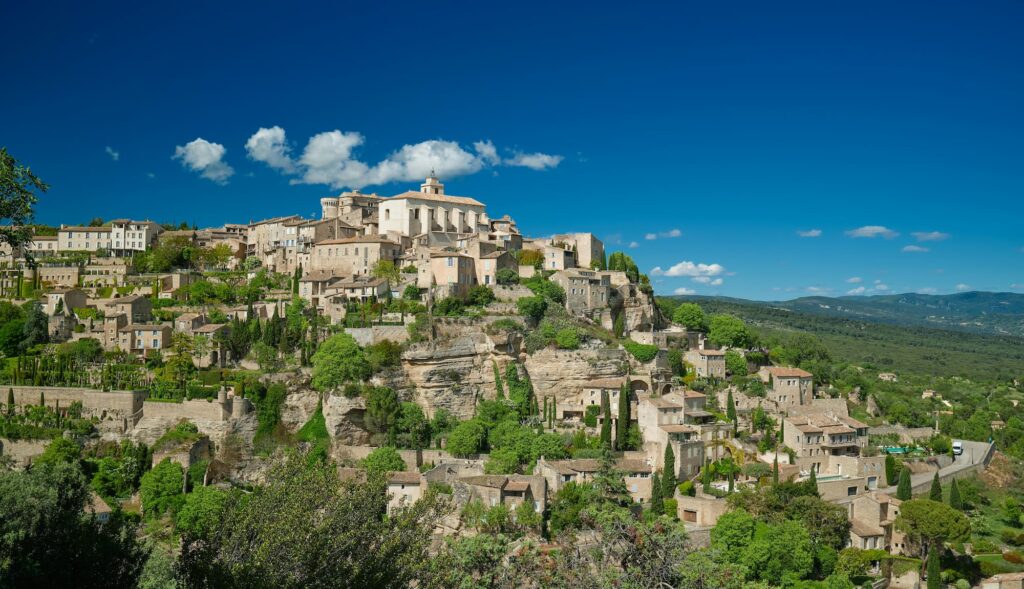
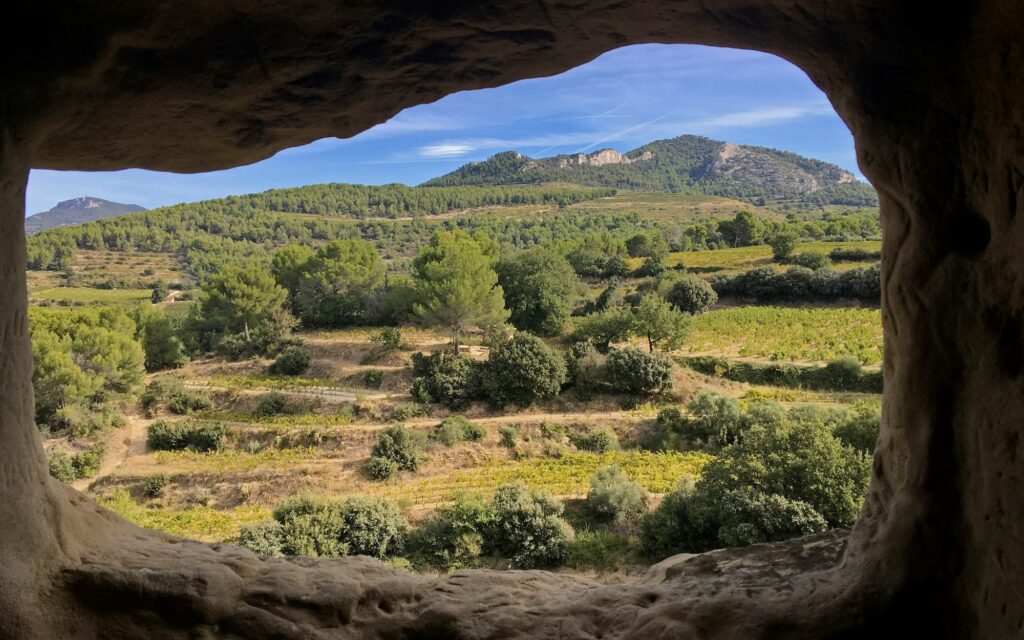
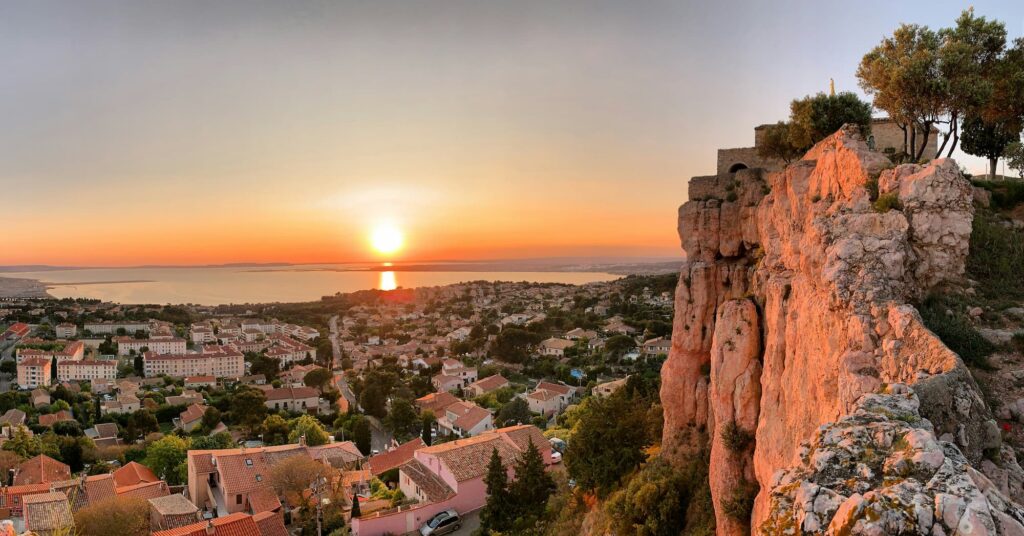
A little further along the coast takes us to Bandol, where an old adage still rings true: Mourvèdre doesn’t give its soul before Saint Andrew’s Day. This grape ripens late and requires sun-drenched restanques, steep terraces of red clay and limestone that hold heat and drain freely. Vines are pruned low to capture the reflected warmth from the stones, and yields are kept deliberately low to ensure concentration.
Young Bandol is unapologetic: crushed blackberry, black pepper, leather, with muscular tannins and a dense, savory core. Given time in the bottle, often a decade or more, those tannins soften, unveiling a layered complexity: black truffle, cedar, bay leaf, smoked meat, aromas that rise slowly as the wine breathes. It is a wine that rewards patience, evolving from raw power into measured grace.

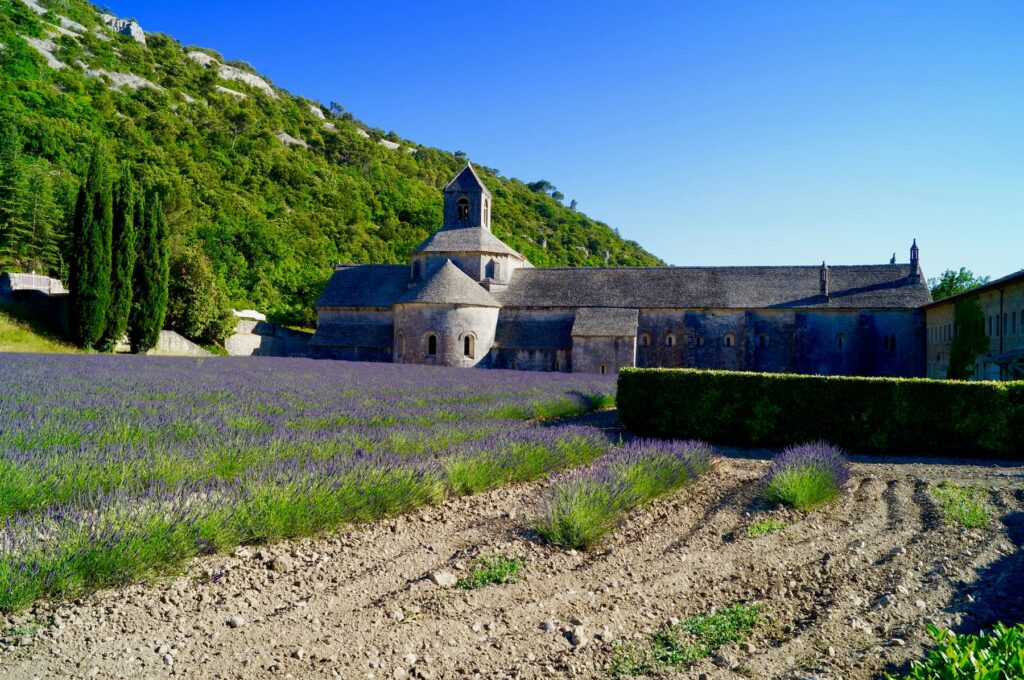

Iconic Spanish Terroirs: The Slate Slopes of Priorat & The Island Wines of Mallorca
Crossing into Spain’s interior, we climb the terraces of Priorat, a region shaped by Carthusian monks who planted vines on near‑vertical slopes. Here, Grenache and Carignan grow in llicorella, a black slate that shatters easily, absorbing and radiating heat like a battery. Rainfall is scarce, and the vines, many over 50 years old, produce just a few clusters each. The resulting grapes are thick-skinned and concentrated, yielding wines with an unmistakable signature.
Pour a glass and you’ll find cassis liqueur, dark plum, licorice, lifted by a core of graphite and gunflint minerality. Despite their richness, these wines carry a freshness born of altitude: vineyards often sit between 400 and 600 meters, and the cool nights preserve acidity, creating tension and balance.
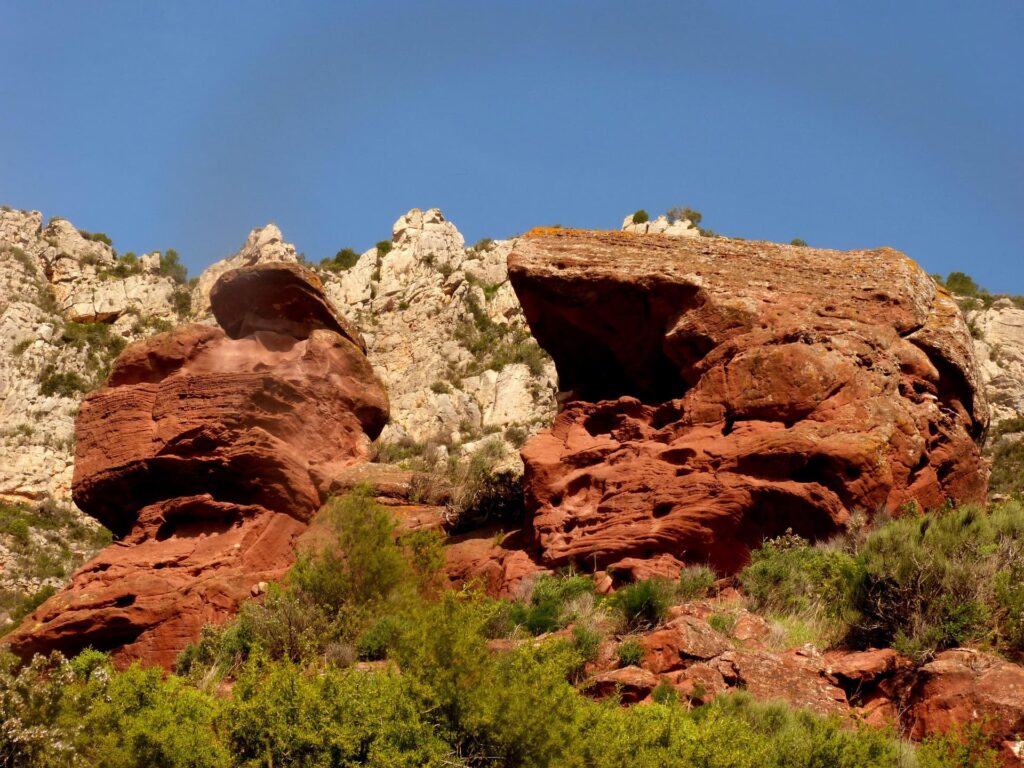
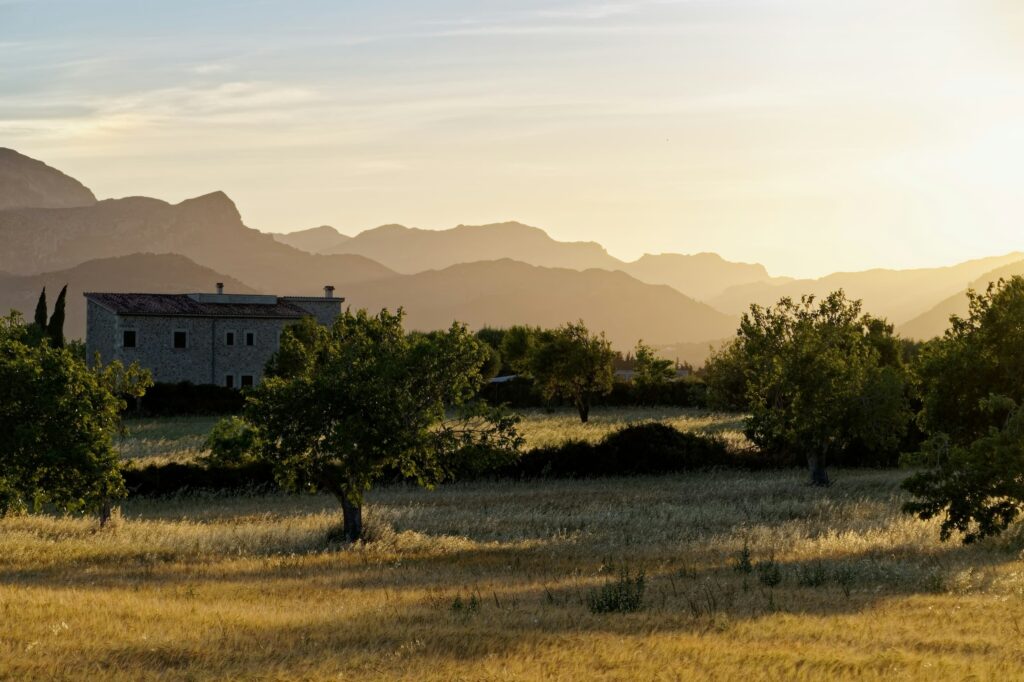
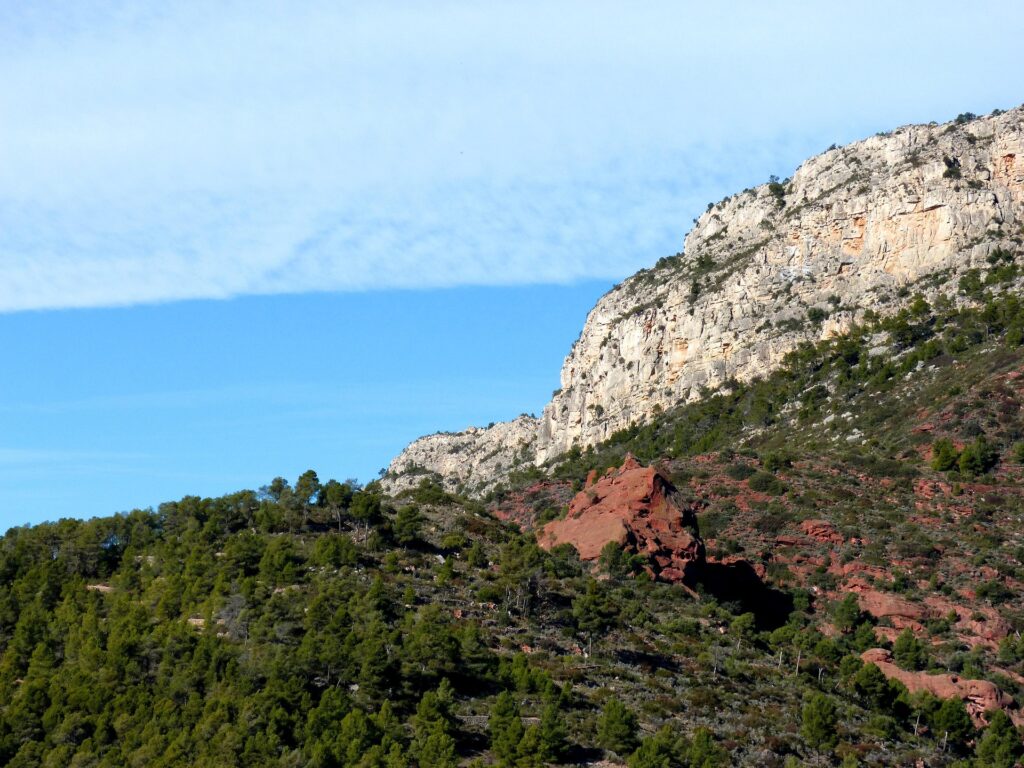
We sail onward to Mallorca, an island where maritime winds temper the summer heat and limestone soils lend a distinctive chalky note. Old fishermen once tucked cuttings of Manto Negro into their nets for luck, and today that variety, alongside Callet, joins structured Cabernet and Syrah to form layered blends. Vines here benefit from a long, slow ripening, developing flavor without losing acidity.
The resulting wines brim with red fruit (cherry, wild strawberry) interwoven with orange peel, thyme, and fennel. On the palate, a saline streak runs through, as if the sea air had brushed the skins during ripening. They are wines with both backbone and brightness, offering something unmistakably Mediterranean.
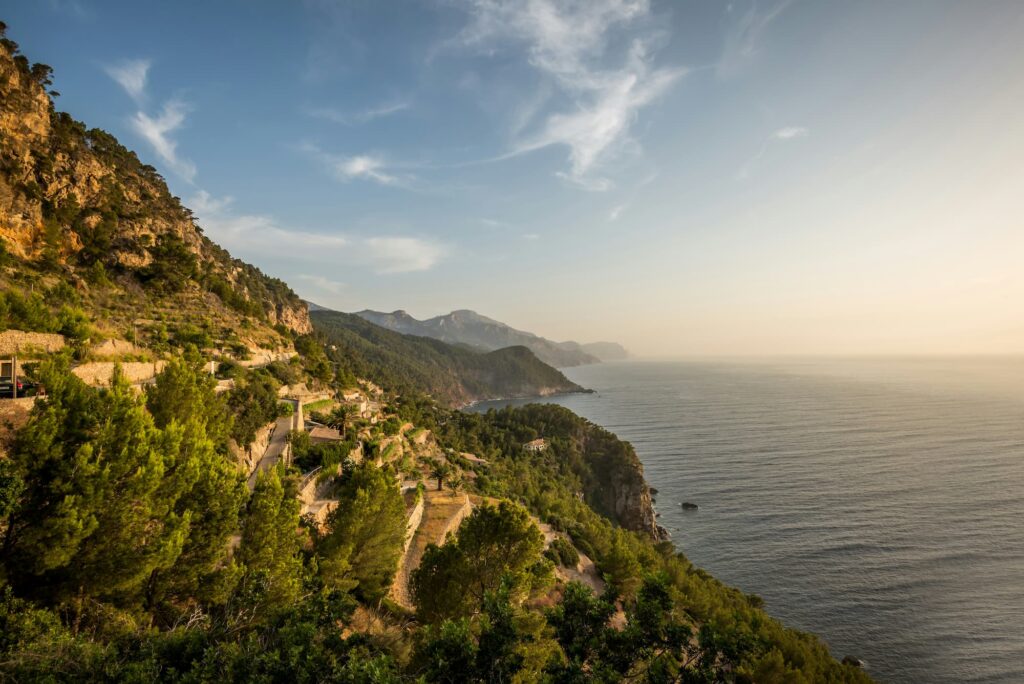
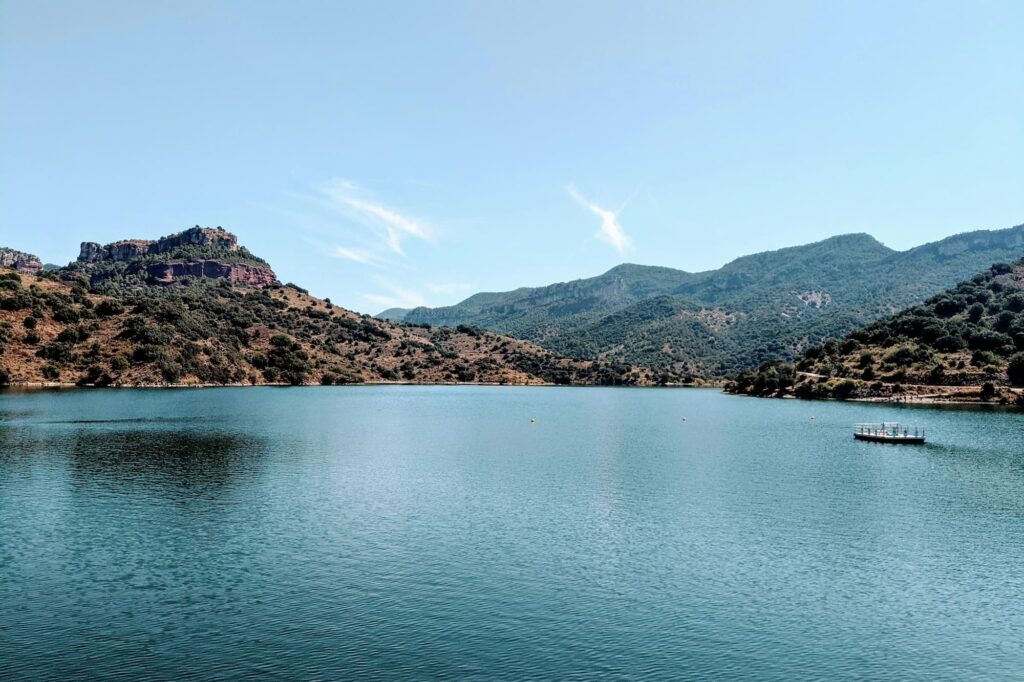
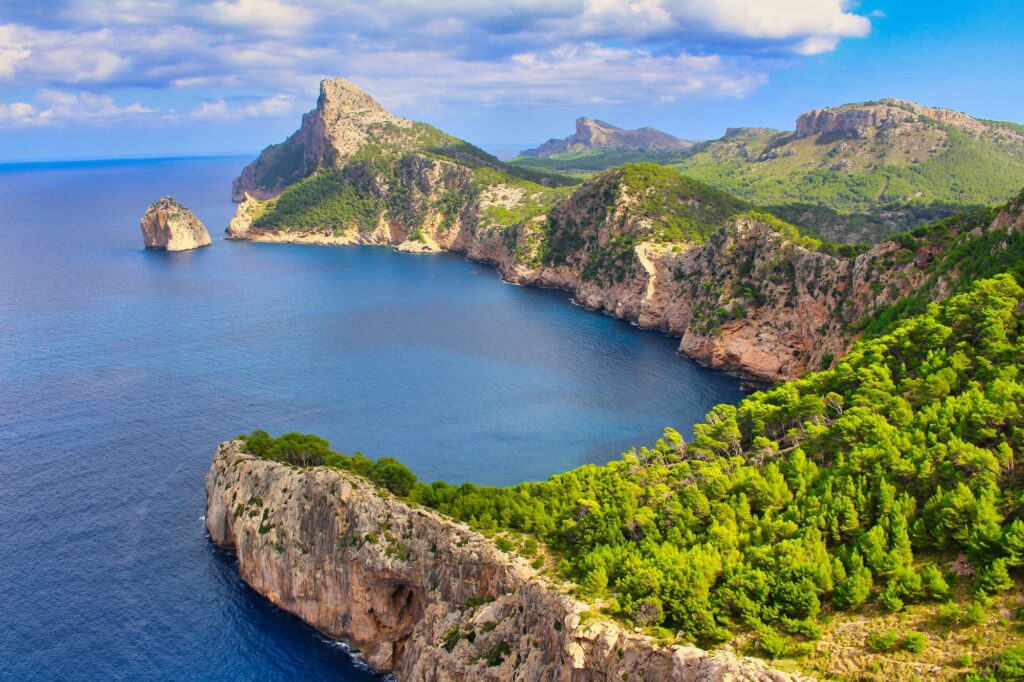
Ancient Aegean Wines: Santorini's Volcanic Assyrtiko & Turkey's Terroir Revival
The odyssey comes full circle by returning to its origins, on a land born from cataclysm. Our last stop brings us east to Santorini. Over 3,600 years ago, the eruption of the Thera volcano buried the brilliant Minoan civilization, leaving behind a lunar landscape and a promise. From this primordial violence, a terroir unique in the world was born: the island itself is the vineyard.
Here, the vines do not rise proudly; they crouch low, humble and tenacious. Woven into circular baskets, the kouloura, they form a living shield against the fierce Meltemi winds that sweep across the Aegean. It is a moment-to-moment struggle to protect the precious grapes in the heart of this crown of thorns. The soil, known as aspa, is pure volcanic ash, so poor in clay and rich in minerals that it formed an impenetrable sanctuary for the vine. While phylloxera devastated the vineyards of the continent in the 19th century, Santorini remained unscathed. Its vines, often over a century old and on their own rootstock, are living relics, a direct link to the taste of wine before the great plague. Their roots plunge deep, drawing their character not from the earth, but from the strata of volcanic history.
The result is an electric wine, a liquid translation of its environment. On the nose, lime zest, flint, oyster shell, and quince tell the story of the sea and the rock. The palate is taut, saline, almost vibrant, leaving the taste of stone long after the last drop. This is a wine of the elements, shaped by the fire of a volcano, the salt of the sea, and the ceaseless caress of the wind.
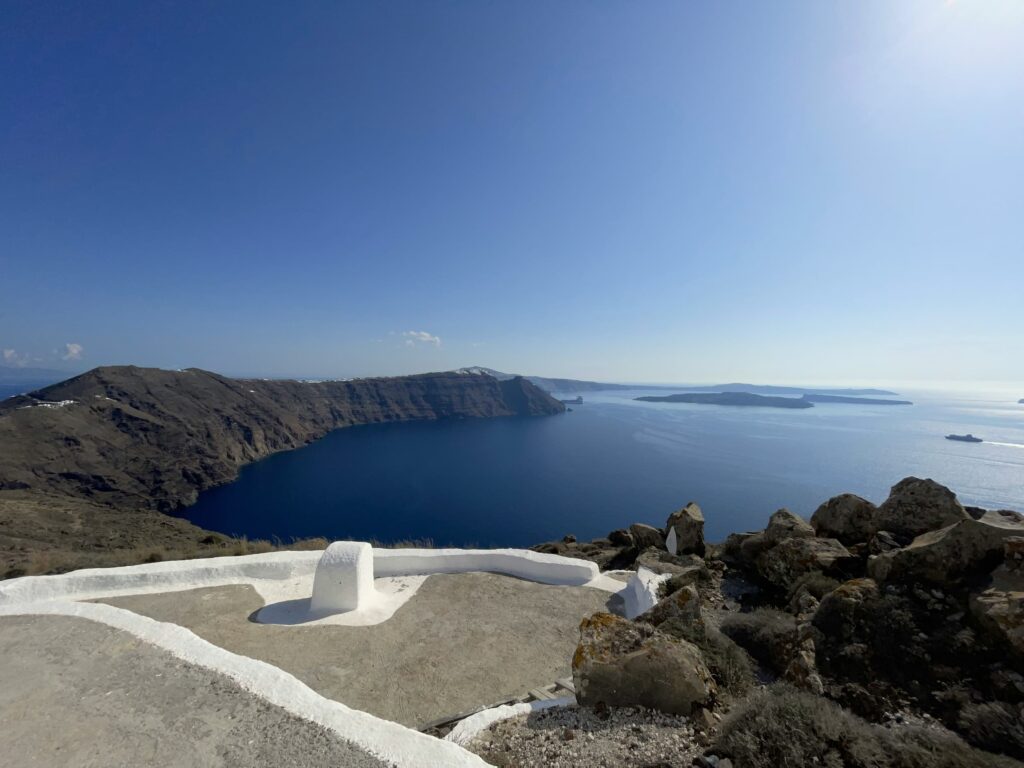
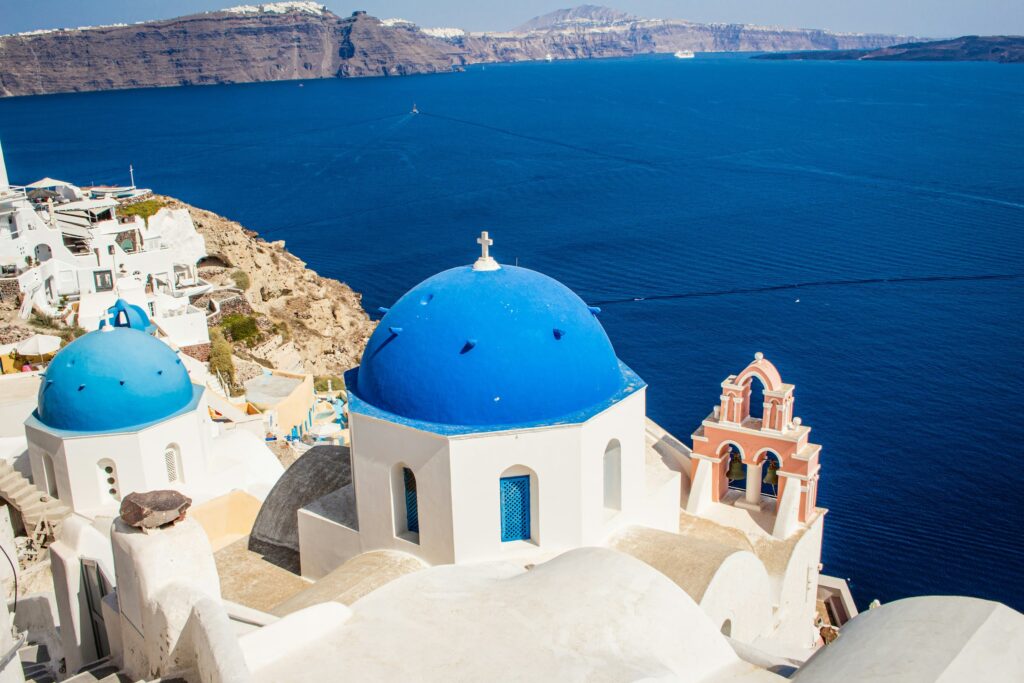
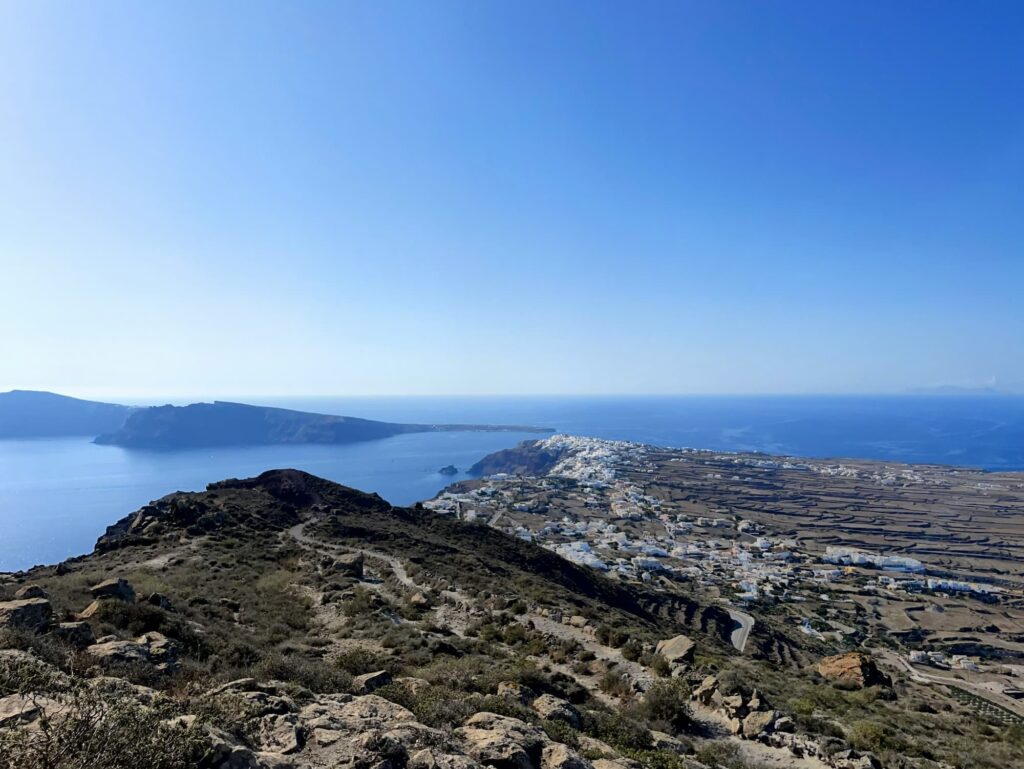
Our journey ends where it all may have begun, on Turkey’s Aegean coast, in Anatolia, one of the ancestral cradles of the vine. This land carries within it the memory of 6,000 years of viticulture, a history that was almost reduced to silence by the upheavals of the 20th century. With the departure of the Greek populations, who were often its winemakers, indigenous grapes like Urla Karası were abandoned, pushed to the brink of extinction.
But in the secrecy of farms, a quiet resistance took hold. Some farmers, becoming guardians of a fragile heritage, hid their precious vines behind stone walls, shielding them from the tumult of history like a family secret. Today, a new generation of winemakers is doing more than reviving this variety; they are resurrecting it. By handling it with infinite delicacy and reconnecting with millennia-old practices like fermentation in amphorae to preserve its purity, they are allowing the land to speak again.
The resulting wine is one of quiet complexity: sour cherry, black olive, and dried fig are framed by silky tannins and notes of bay leaf and maquis herbs. Here, there is no need for artifice; the depth is in the detail, a living link to one of the world’s oldest wine cultures, literally saved from oblivion.
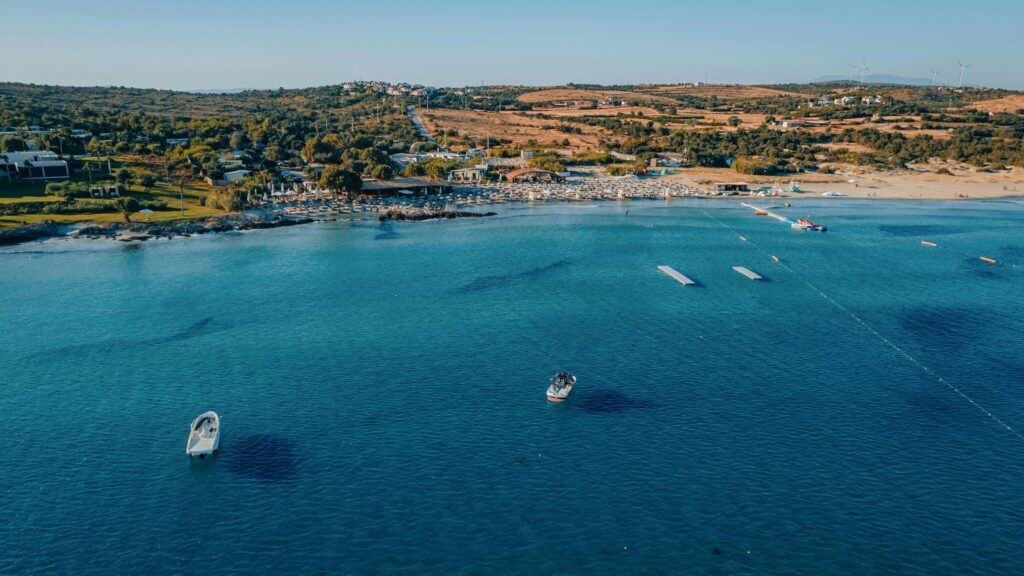
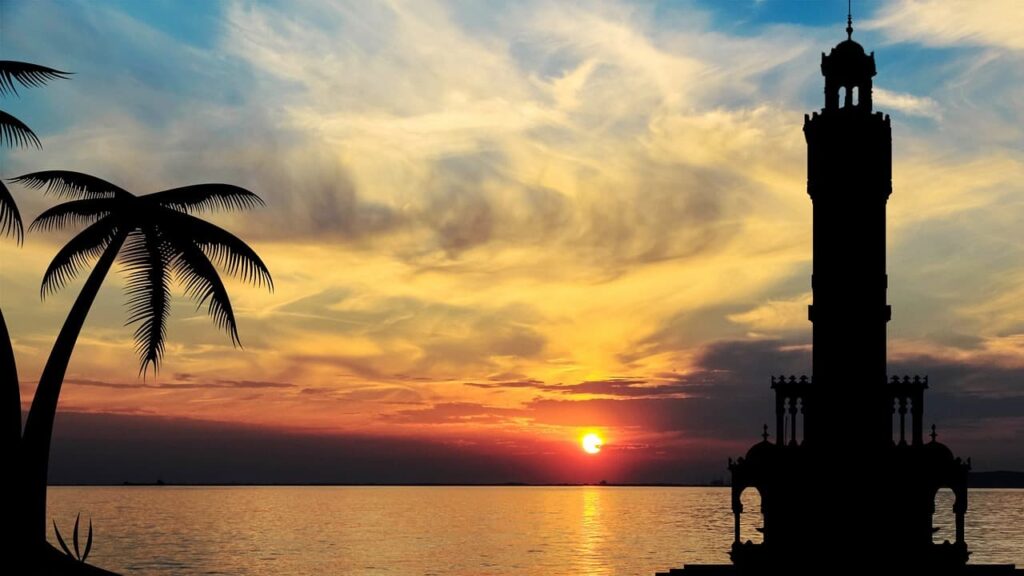
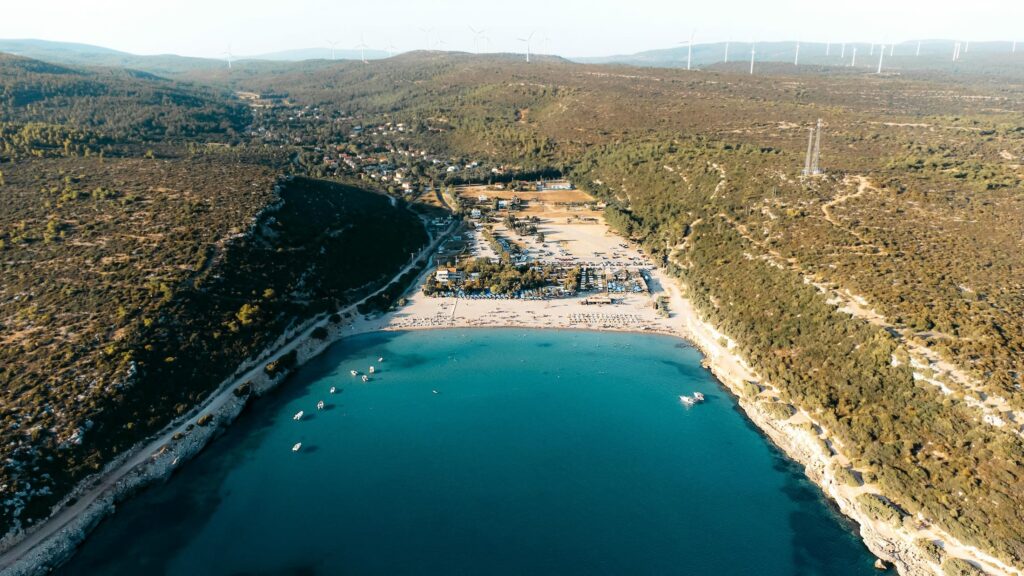
The Curated Cellar: A Mediterranean Terroir Collection
These wines are more than what fills the glass. They are fragments of land, climate, and human resolve:
Brunello’s backbone from galestro, Etna’s brightness from volcanic ash, Bandol’s transformation over time, Priorat’s dark slate intensity, Santorini’s piercing salt and light.
Line them up in your cellar and you hold more than bottles.
You hold a map of the Mediterranean, each wine a port of call, each sip a return to the earth that made it.
F.A.Q
This journey is for the established collector seeking context for their cellar, the connoisseur aiming for a profound understanding of terroir, and the curator who values the vision and story behind the bottle as much as the wine itself.
Access is direct and private, involving personal encounters with visionary winemakers at their estates, often outside of public hours and with opportunities to taste rare or off-market wines.
Two periods offer the best experience. Autumn (September-October) is ideal for witnessing the harvest and the cellars in full activity. Spring (late April-June) is also perfect, offering lush landscapes and pleasant weather before the summer heat.


